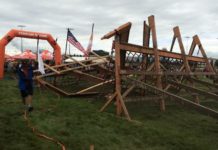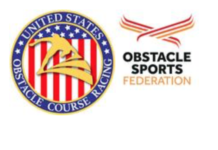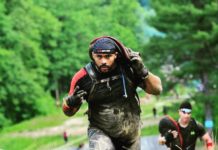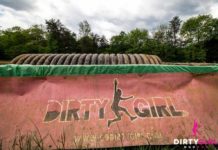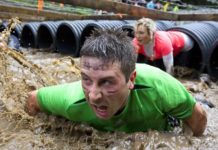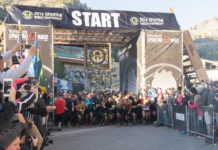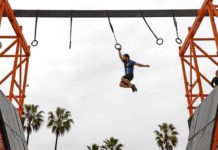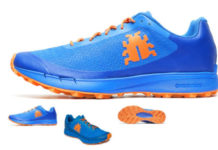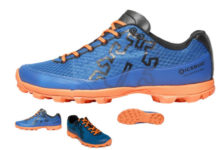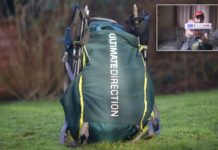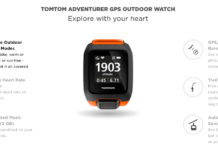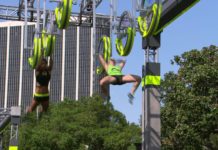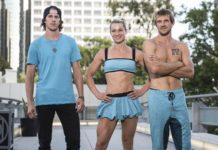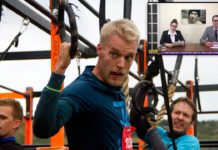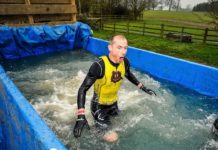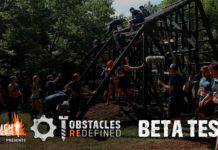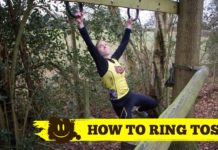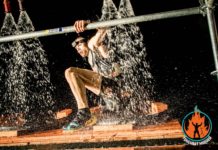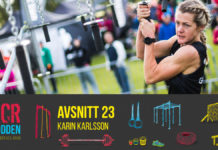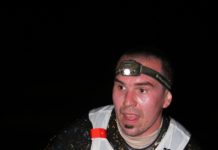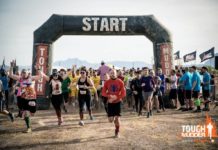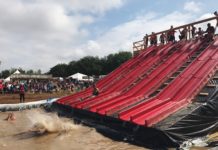I just may have been wrong.
About what? Well, in my book on obstacle course running Mud, Guts, & Glory, I spend more than a few pages in the Logistics section discussing the in’s and out’s, pros and cons of this or that piece of gear or race clothing/accessory. Without reiterating that advice it fell into the “Get some good trail shoes, rash guards for knee and elbow protection blah blah blah.” You know that kind of thing.
So, practicing what I preached that’s how I have hit the course for 3+ years.
The birth of the “Hey, am I wrong here?”
For a bit of pleasure reading I’m working my way through contemporary histories and journals of scouts, warriors, mountain men, explorers of the American Frontier/West circa 1800-1880s. Fascinating stuff, lots of remarkable men and women performing astonishing feats of endurance, strength, and will in some of the harshest environments, terrains, and weather that this continent can dish out. They were doing all of this under potential threat of violence, with no water station every three miles, and (and this is where the experiment idea began) without scientifically designed, specially treaded, super-wicking, water-proofed, industry-tested gear. Gear was often ad hoc, home-made (indeed much of it seems poorly made), or at the very best a far cry from what we would today consider optimum gear.
If our forebears were performing well with less than ideal gear (in some cases little gear at all—breechclouts and moccasin boots while putting in 70 desert miles a day) and doing this all in actual life and death situations, I wondered do we really need the “best” gear for what is essentially a frivolous leisure activity?
How much of our performance is about the gear and how much is about who we are and the work we put in? And if we answer that the gear is a large portion of our “success” then how much pride or satisfaction can there be in knowing you have steroid-clothed yourself over the finish line? If we accept the gear is as great as it is cracked up to be (which apparently was an assumption that I had made at some level) then theoretically we can take an un-trained person with little will to run such a race, garb them with the best and if not make them a champ at least make them perform way better than they would pre-gear.
Stated like that, we hear just how absurd that gear-is-the-key proposition is. I mean if it really is all that key there should come a time in the near future when we can train less than we do now because some future shoe will take up our slack.
OK, so that was the Minimal Gear Experiment Mindset. To give it a test I chose the Spartan Super in Wintergreen, Virginia, a course noted for its toughness (those hills are gloriously un-ending). I ditched the rash-guard shirt, and my occasional use of slide-on knee protectors. I threw on a kilt and some modesty drawers for the sake of my teammates, and while I did not go shoeless I did grab a pair of shoes that had been designated for the trash-bin. These babies have seen some times and the soles are/were practically transparent in places.
So how did this scientifically invalid, anecdotal experiment of one go?
Well, the race was a blast. Enjoyed the hell out of it and since I’m a run-with-my-crew/no-man-left-behind runner I used the subjective test of comparative bumps, bruises, abrasions, post-soreness test. I would presume that unprotected knees and elbows would get eaten up a bit more (particularly on wire crawls), shoulders would be a bit chewed (lots of log carries and buckets of gravel), and there is always the distinct possibility of leaving a nipple at the top of a high wall when using a hip lever mount and dismount.
The verdict? If anything I experienced less minor leisurely trauma than usual.
Could be chance, but I surmise the reason being that just as with barefoot running, when we ditch the shoe we start paying attention to each step, each foot placement. Ditching my usual gear the simple fact of knowing my elbows and knees would be in contact with gravel/walls/etc. led to slight alterations in technique that, if anything, bettered my approaches. My wall drives were more powerful and higher to allow my detachable nipple to clear the apex. My wire crawl technique adjusted naturally to protect careless placement or dragging of these contact points. My treadless shoes meant that I did not make assumptions about grip on inclines or declines. My bare shoulders received rough loads with better distribution and more solid perching to prevent losing a few layers of dermis.
All in all, no worse for the wear, and as I said, perhaps less so.
I have run with minimal gear since then and have reaped the same results. Now I am no dogmatic fanatic who insists that everyone must do the same—of course not. What I am suggesting is that we may be paying too much attention to gear (not to mention money) and that your results and performance are less about what’s laced up and wrapped up on the outside of your body than what you yourself do with that body. In my book that’s mighty encouraging news. You, the book, are better than its cover.
For more from Mark Hatmaker please visit his site by clicking HERE


